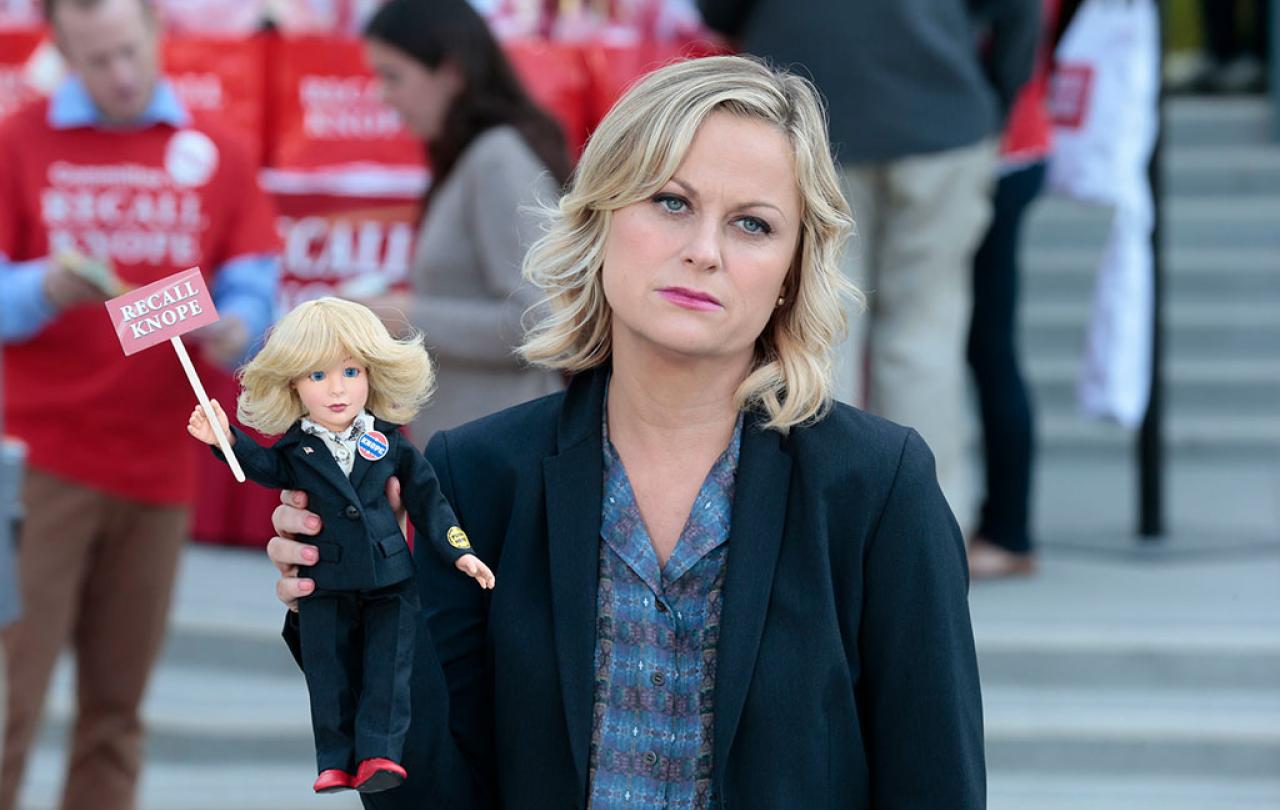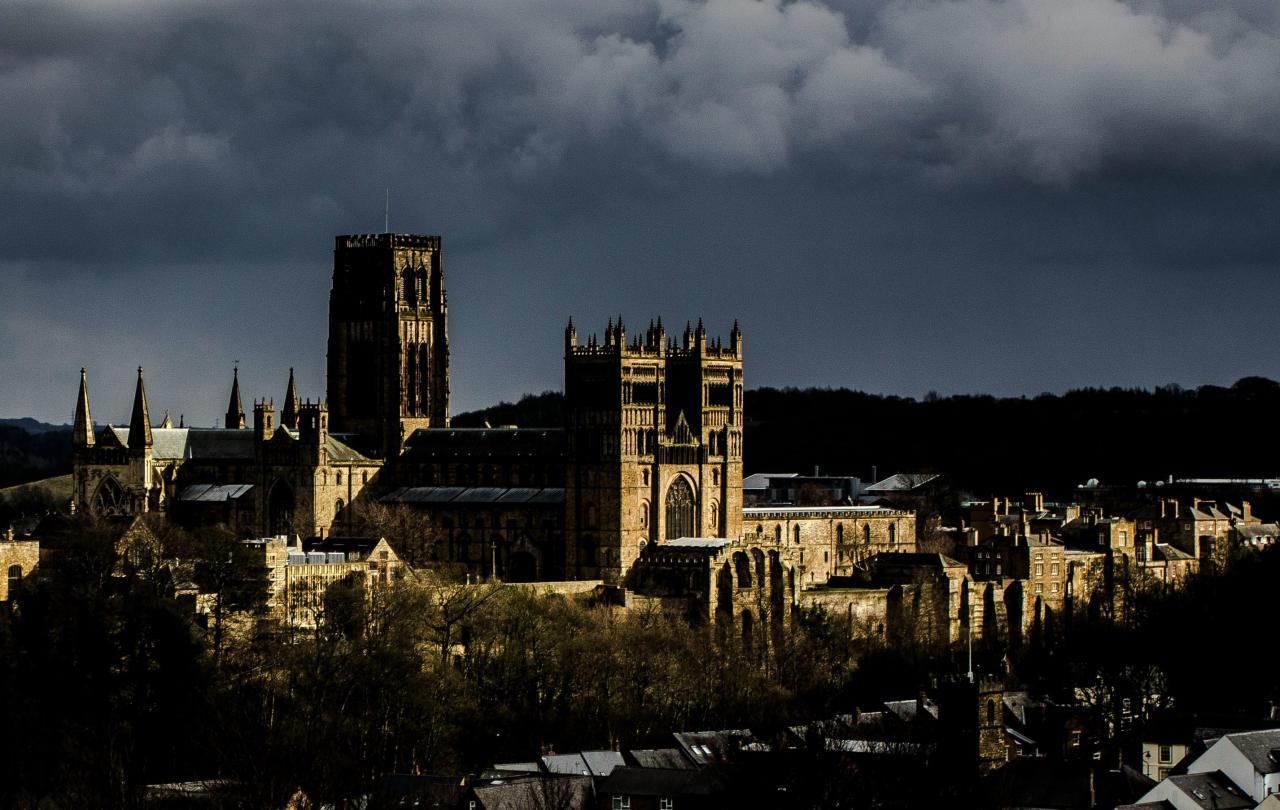
We are in a year of elections – locally, nationally, and in the US, and I have been wondering whether it’s true that we get the leaders we deserve, whether political leadership has always felt this way – this detached, divisive, even dangerous? More about ambition than integrity, about individuals more than our common life? Where might we find leaders that can take us into an increasingly hard to navigate, uncertain world?
I find myself thinking back to local leadership and difficult conversations I was involved in as a district councillor. These were often conversations about priorities, and money – mainly, the fact that there wasn’t enough of it, and what there was continued to be pared back and back until only the absolute essentials were covered. Many council tax bills have recently gone up, usually with an explanation of the reason for the rise. Local authorities in Scotland recently voted for a council tax freeze but only after the promise of funding from the Scottish government to make up the shortfall. During my time on the council, we would write letter after letter to government ministers seeking clarity about grants or cuts. When extra funding was announced we were pitted against other councils to bid for meagre pots of money, taking time away from officers who were already stretched too thin. Each councillor, each officer, each member of the community we served had their own idea about how to approach budgeting and spending. Sometimes those ideas aligned, but often they did not. Councils are in an impossible situation.
And yet decisions made at this level impact us all. National leaders might set the direction, but local leaders steward and implement and envision and listen – they are close to the people they serve, their decisions impact us all day-to-day: councils are responsible for things like children’s services, highways, housing people, parks and pools, and lots more
The people who have played the biggest role in my life have been the people that made me feel valued, seen, heard, capable.
Conversations about how to fund local authorities are difficult at any time, but especially so now, with crises coming from every angle – cost of living, climate change, ongoing post-covid recovery, austerity, and so on. To be a leader now – nationally yes, but especially locally, means making sure that essential services keep functioning despite lack of funding or clarity from government, and whilst also tackling climate change and all the other pieces of our fragmenting world. To be a leader now who shows vision and humanity and care despite the seemingly cynical and hurting spirit of the age – is, I think, a test of the meaning of leadership. This test of leadership doesn’t just face local and national government though. It faces all of us right now as we contemplate an unknowable future.
Essayist Ralph Waldo Emerson believed that “our chief want is someone who will inspire us to be what we know we could be”, and we are all capable of helping others be what they can be – whether a neighbour, a colleague, a community, a team, an organisation, others we come into contact with; we can all lead. Author, poet, and civil rights activist Maya Angelou said that “people will forget what you said, people will forget what you did, but people will never forget how you made them feel.” The people who have played the biggest role in my life have been the people that made me feel valued, seen, heard, capable. They have seen who I am, and who I could be, and they walk with me as I move in that direction. I think the best leaders do this too.
It is not glamourous, but, like a lighthouse that shines by just staying where it is, it calls people, lights the way, watches, serves, guides.
In contrast, the worst leaders seem to cling to traditional ideas of power, to control more than setting people free, to achieving their goals through any means necessary. I think of authoritarian regimes that rig elections and limit freedoms, and corporations that pursue profit at the expense of employees and the environment, and political campaigns that prioritise controlling the narrative over informing people. These embody warped leadership traits. And these warped ideas of leadership are given airtime, they fuel our news and our social media feeds and our anxiety. They make us angry, but they can also disempower us and close off the possibility that there is another kind of leadership, one more aligned with the Old English root of the word ‘leader’, meaning ‘one who guides and brings forth’. There are, though, places we can look that point to that other kind of leadership – to something more beautiful.
One place is my own doorstep. Here, there are people that see a need and organise people to fill it – whether hunger, loneliness, lovelessness, this is a kind of roll-up-your-sleeves leadership, the kind that is famous for fifteen miles not fifteen minutes. It is not glamourous, but, like a lighthouse that shines by just staying where it is, it calls people, lights the way, watches, serves, guides.
I try to hold on to the fact that we do not need to wait for national elections to call forth the kind of leaders we want.
Another place is the gospel, where again and again Jesus turned traditional ideas of leadership upside down. He taught that it must serve, not be served; that it can be great through humility not self-importance. He criticised religious leaders for seeking prestige and personal gain. And Jesus did not just teach this stuff, he lived it – he washed the feet of his disciples, he empowered them rather than wielded authority over them. He lived as a shepherd that leads and tends his flock with his love. He laid down his life for his friends, for all of us. And this I think is where leadership starts to look a lot like love. Jesus showed how true leadership that transforms individuals and communities, that heals division and brings people together, is led and motivated by love, not power. He taught that leadership without love is hollow and even harmful. He showed that leadership, and the love that fuels it, guides and inspires and cares for people. We need these kinds of leaders now more than ever. My own experience tells me that hard conversations become easier to navigate when care, humility, and listening are present.
In the UK, many of us are trying to get the measure of Rishi Sunak and Kier Starmer. An Ipsos poll in February explored how the public view these and other political leaders – a significant number were unclear about what they both stood for, but Starmer was ahead of Sunak in various leadership traits including experience, capability, strength. I want to know what other traits we’re seeking and demanding of our leaders nationally, locally and in ourselves. On the council I served on, I saw elected councillors asleep in meetings, ill-prepared, voted in because people did not think their vote or questions or care made a difference. On some level at least we do get the leaders we deserve – those we are prepared to be curious about, and call out, or encourage, or demand more of; more than just the ability to stay awake during meetings, more than just capability and strength, but also aliveness, care, compassion, humility, love.
We need to demand more of our national leaders, especially now. But I try to hold on to the fact that we do not need to wait for national elections to call forth the kind of leaders we want. We can call them forth in ourselves, in each other, in our communities – these are the leaders that impact us closely, every day. I think of some of the best leaders I have known: theirs was a leadership of passion more than position, invested in people more than prestige, offering both humility and vision – a combination that feels hard to find in our current political landscape. They call to mind what writer and aviator Antoine de Saint-Exupéry said, that: “if you want to build a ship, don’t drum up the men to gather wood, divide the work, and give orders. Instead, teach them to yearn for the vast and endless sea.” Good leaders will help us see and navigate this endless ocean, these present storms – cost of living, conflict, division, ecological and economic unravelling. They remind us, like the gospel does, that the ship is a means to an end – one of new horizons, of togetherness, of love for this beautiful wide world.





